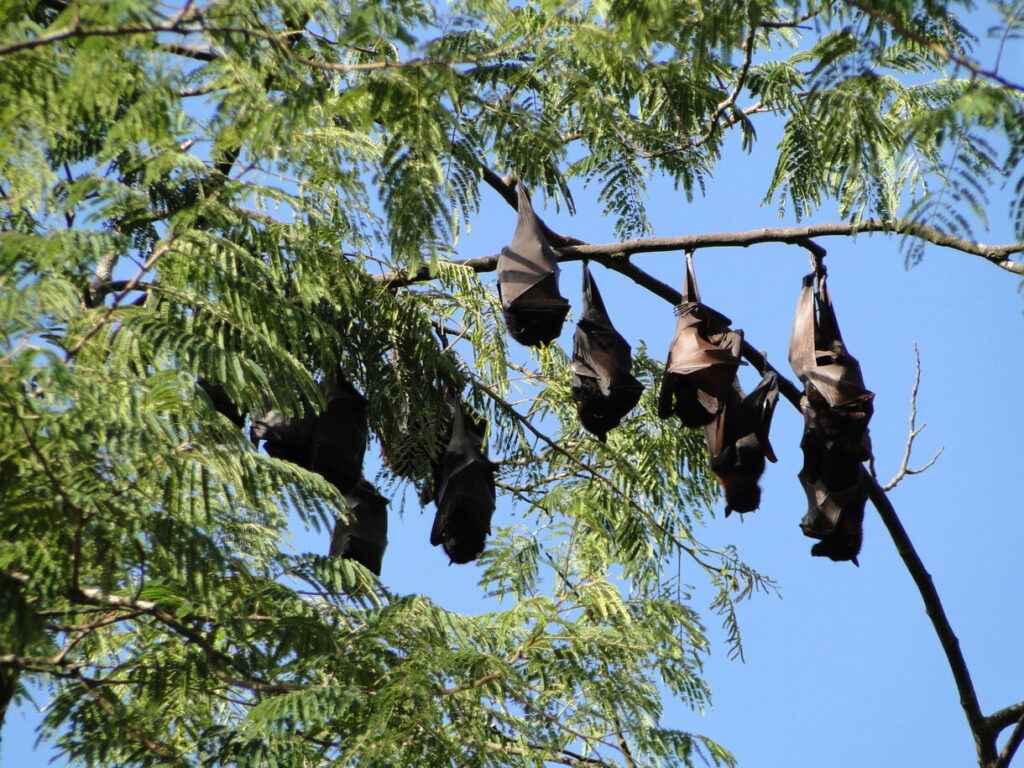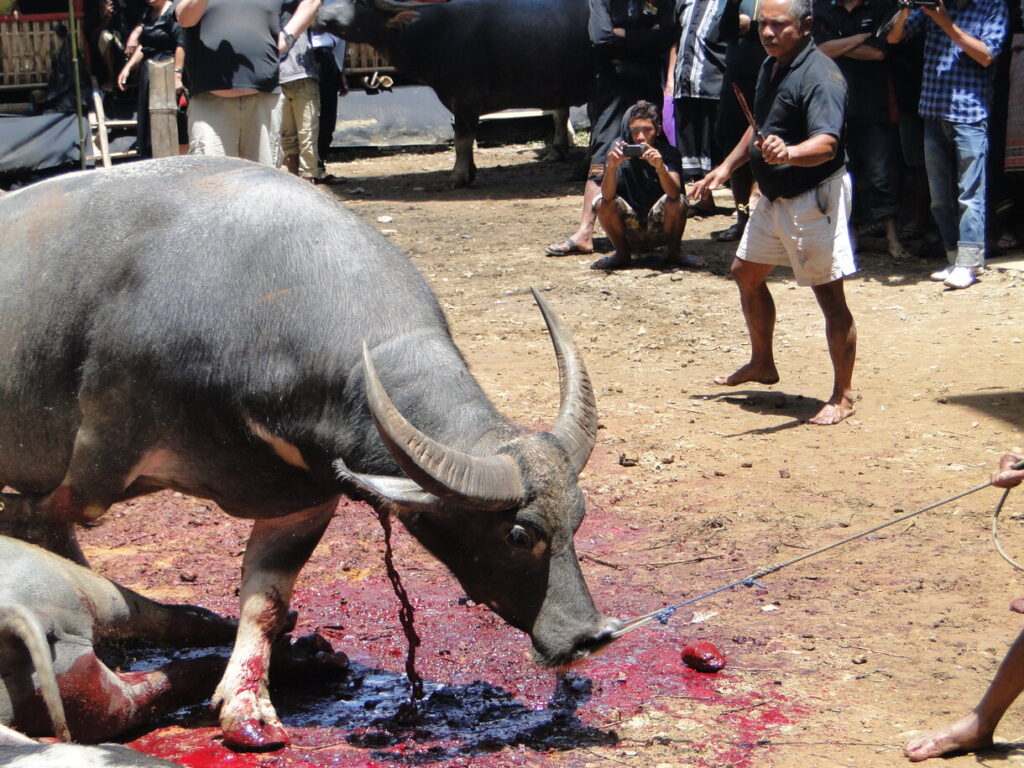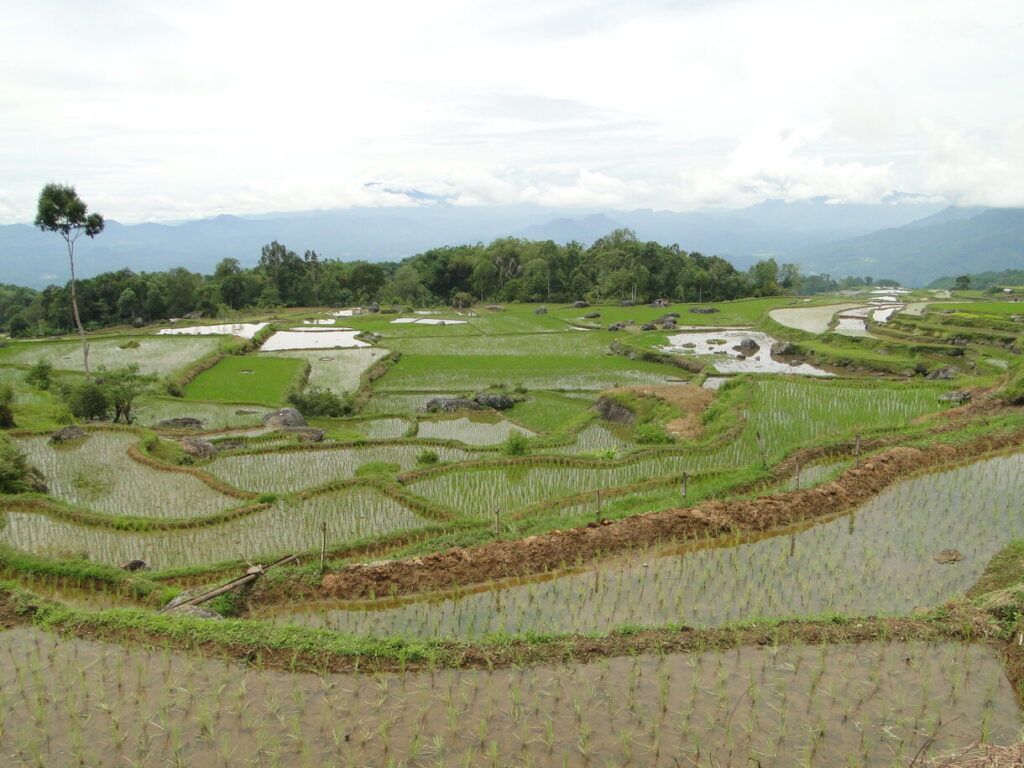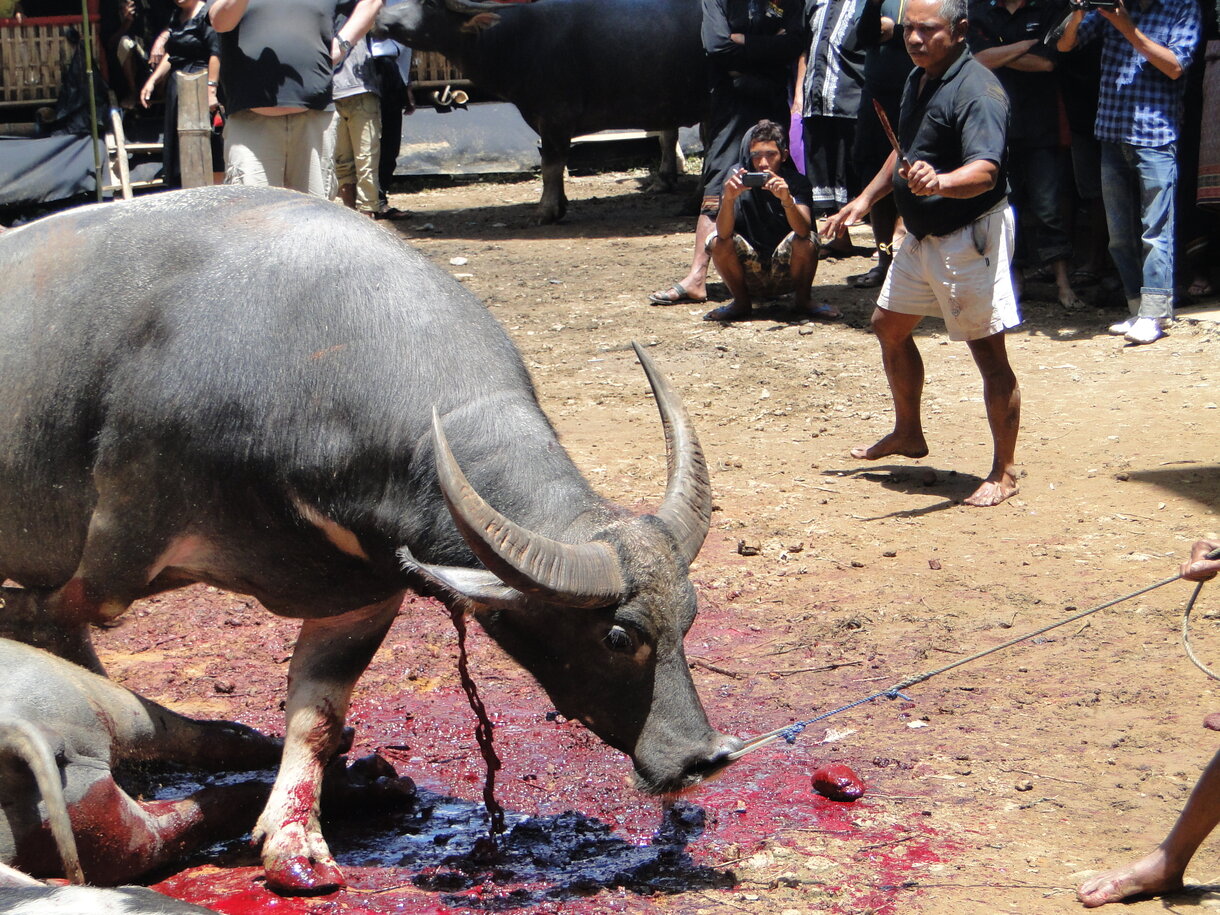Sulawesi – An Island of Extraordinary Culture and History
The journey from Bromo to Denpasar in Bali is a true endurance test – a 24-hour bus ride that ends at dawn at a crowded station. But this is just the beginning of our adventure, as we prepare to fly to Sulawesi, one of Indonesia’s most fascinating islands.
After our morning coffee, we head to the airport. Tickets to Makassar (the capital of South Sulawesi) cost us 500,000 IDR (about $30 USD). A small price to pay for the chance to experience the unique Toraja culture.

Makassar – Gateway to Sulawesi
The flight takes just 1 hour 15 minutes. At Makassar Airport, we’re immediately approached by local “entrepreneurs” offering transportation. It’s good to know that official pre-paid taxis cost about 90,000 IDR, while unofficial drivers often try to overcharge, sometimes failing to mention additional highway tolls.
Did you know? Makassar was the historic center of the spice trade. In the 17th century, it was the main port of eastern Indonesia, competing with Dutch Batavia (modern-day Jakarta).
Finding accommodation in the city center proves challenging – we pay 125,000 IDR for an air-conditioned room, which is relatively expensive by local standards. In the evening, we visit the famous Losari waterfront promenade, serving some of Indonesia’s best seafood.

Journey to Tana Toraja
The next day we head into the mountains – taking a bus to Rantepao (100,000 IDR), the capital of Tana Toraja region. The journey through mountain switchbacks takes several hours, but the views make up for the challenging ride. The locals prove incredibly hospitable – one passenger not only recommends a hotel but arranges transportation right to its doorstep.
Historical fact: The Toraja are one of the few ethnic groups in Indonesia that successfully resisted Islamization. Many still practice the animist Aluk To Dolo religion, though officially most are Christians.

Funeral Ceremonies – Encountering Death in Tana Toraja
In Toraja culture, death isn’t an end but a transition to another state. The deceased are treated as sick – until the funeral takes place, they’re not formally considered dead. Funeral ceremonies may last several days and represent the most important event in community life.
The bloody buffalo sacrifices (called Rambu Solo) ensure prosperity for the deceased in the afterlife. The more important the person, the more animals are sacrificed – up to several dozen for chiefs. The meat is then distributed to ceremony participants.

Cultural insight: Guests bring cigarettes and red Fanta drinks as gifts – the soda symbolizing blood. In return, they receive meat from the sacrificed animals.
After ceremonies where more than 25 buffalo are sacrificed, families may place wooden effigies of the deceased (called tau-tau) in cliff niches. These remarkably lifelike figures represent another distinctive element of Toraja culture.
Most shocking for visitors is the actual buffalo sacrifice (warning: the following video contains graphic scenes):
Trekking Through Rice Terraces and Tombs
After the intense funeral ceremony experience, we opt for a trek through the countryside. A public bus (15,000 IDR) takes us to Lempo, where we begin hiking through rice terraces and traditional villages.
Social context: The Tongkonan houses with their distinctive boat-shaped roofs aren’t just architecture – they’re centers of family and community life. Every element holds symbolic meaning.

Most extraordinary are the burial sites. Beyond the cliff tombs, we encounter “baby trees” – trees where deceased children were buried in the trunks. The belief held that the child’s soul would merge with the tree and continue living.
Exploring Toraja Culture with a Guide
The next day we hire a guide (550,000 IDR for a full day), which allows access to areas off-limits to independent travelers. We visit:
- Lemo’s cliff tombs with dozens of tau-tau gazing from rock shelves
- Tara Entina Tree – a natural “cemetery” for children
- Tampangallo Cave filled with coffins and remains
- Another funeral ceremony
- Nanaggala, where we observe thousands of bats hanging from trees
Recommended: Our guide Manda (contact: mandaakung@yahoo.co.id), who passionately explains Toraja traditions.

The Adventurous Return
A night bus takes us back to Makassar, where we spend… an entire day at the airport. Our failure to book tickets in advance means waiting for an evening flight to Bali (cost: 300,000 IDR for a room in Kuta).
Travel tip: In Indonesia, always book flights in advance, especially during peak season. Lion Air often offers cheap flights, but their schedules may be inflexible.
Sulawesi remains in our memory as a place where tradition lives on, and death is treated as a natural part of existence. This is a journey not just through space, but through a completely different perception of life and death.

Leave a Reply